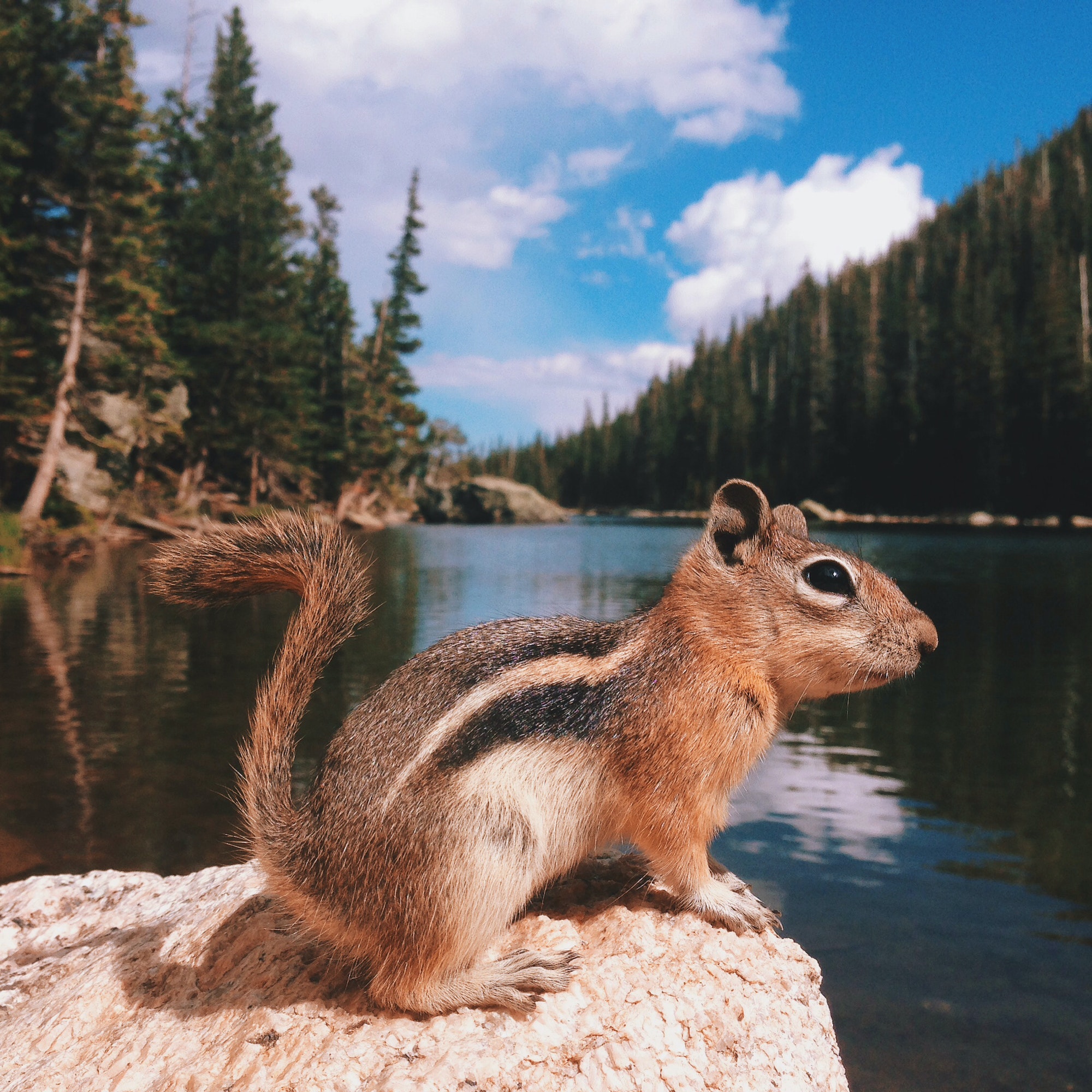Getting rid of chipmunks can be challenging, but with the right approach, you can deter them from your property and protect your garden and home. Here’s a step-by-step guide to help you get rid of chipmunks effectively:
Step 1: Assess the situation
Before taking any action, observe the chipmunks’ behavior and identify the areas where they are most active. Look for burrow entrances, chewed plants, and other signs of chipmunk activity. This will help you target your efforts more effectively.
Step 2: Remove food sources
Chipmunks are attracted to your property because they can find food there. Remove bird feeders, pet food, and other easily accessible food sources. Also, clean up fallen nuts, seeds, and fruits from your yard to reduce their food supply.
Step 3: Eliminate hiding places
Chipmunks prefer to live in areas with ample cover, such as brush piles, woodpiles, and tall grass. Clear away these hiding places to make your property less attractive to them. Trim shrubs and trees, and keep grass short to minimize cover.
Step 4: Install fencing
Install a small-mesh wire fence around your garden, flower beds, or other areas you want to protect from chipmunks. Bury the bottom of the fence at least 6-8 inches deep and bend it outward to prevent chipmunks from digging under it. The fence should be at least 2 feet tall to deter them from climbing over it.

Step 5: Use repellents
There are several commercial repellents available, such as capsaicin-based sprays or granules, that can help deter chipmunks. Apply these repellents to plants and other areas where chipmunks are active. You can also use natural repellents like crushed red pepper or peppermint oil. Reapply the repellents frequently, especially after rain.
Step 6: Live trapping
If the chipmunks persist, you can use live traps to capture them. Place the traps near burrow entrances or other areas with high chipmunk activity. Bait the traps with peanut butter, sunflower seeds, or nuts. Check the traps frequently, and once you’ve caught a chipmunk, release it at least 5 miles away from your property.
Step 7: Seal entry points
Inspect the exterior of your home for any small gaps or holes that chipmunks might use to enter. Seal these entry points using steel wool, hardware cloth, or caulk to prevent chipmunks from getting inside.
Step 8: Maintain your property
Regularly maintain your property to keep it less attractive to chipmunks. Clean up food sources, eliminate hiding places, and reapply repellents as needed.
Step 9: Seek professional help
If you are still struggling to get rid of chipmunks, consider hiring a professional pest control company. They can assess your situation, offer recommendations, and assist with more advanced removal methods.
Please note that some regions have specific laws and regulations regarding the capture and relocation of wildlife, so always check your local laws before attempting any trapping or removal.




